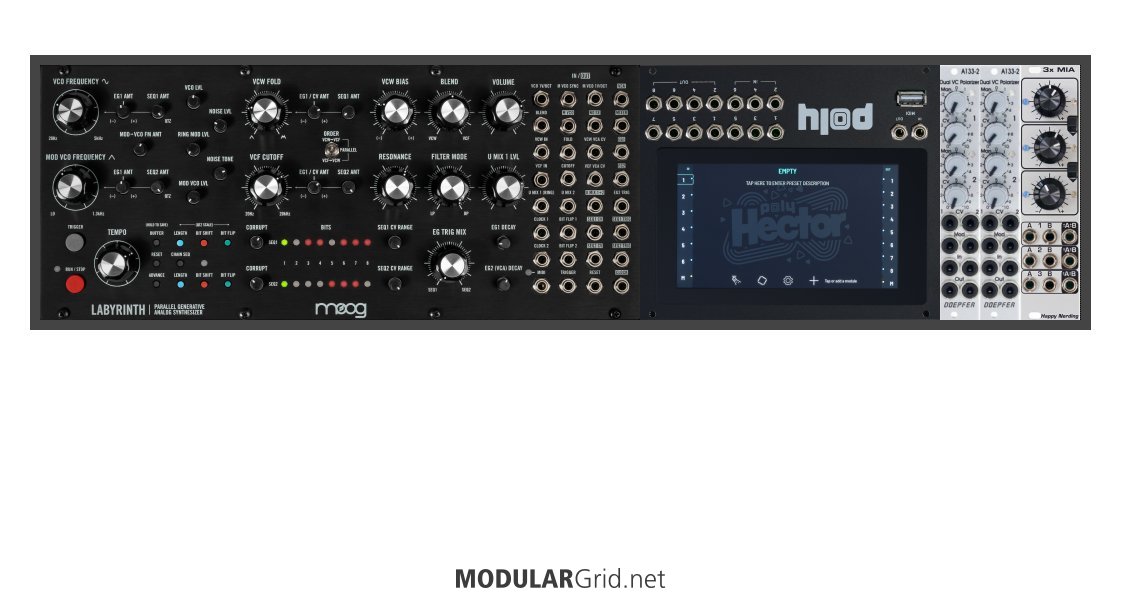For all the things in that setup, you could probably justify not only the Hermod+ but also its expander, which would give you 32 assignable outputs for gates/triggers or pitch or whatever. This might be more costly than anticipated, but this is a big system with a lot of voices or voicelike elements. Before going that route, you could also use the 8 MIDI tracks, completely separate from the 8 CV/Gate tracks, to sequence the Bitbox (and anything else in the rack via MIDI to CV conversion such as what can be done in o_C.). o_C and Pam's can also fill in some of the drum duties, since they have a variety of sequencing options.
This is a thirsty system, and it will absorb most of what you throw at it. Sequencing for eurorack helps not only with placing drums and melodies, but:
- sequencing modulation parameters
- changing the state of an effect at a crucial time
- sequencing switches/crossfaders/mixers/logic/etc. to switch elements of your patch on the fly
- using the more predictable sequencer tracks to clock, manage, and tame other, more boutique sequencer concepts
...and anything else in your system that takes voltage. Plus it spits out LFOs and envelopes, which you will definitely want more of. Overall, I don't think you could overdo the sequencing in there even if you cut out a voice/effect or two to add in some stuff for signal flow and routing. Just be sure to buy things carefully over an extended period and make sure you use the system frequently as it comes together to troubleshoot problems and get the best sense of what is or isn't missing. You never really know what you can and can't do until you sit down with what you have so far, and you only have two hands.

